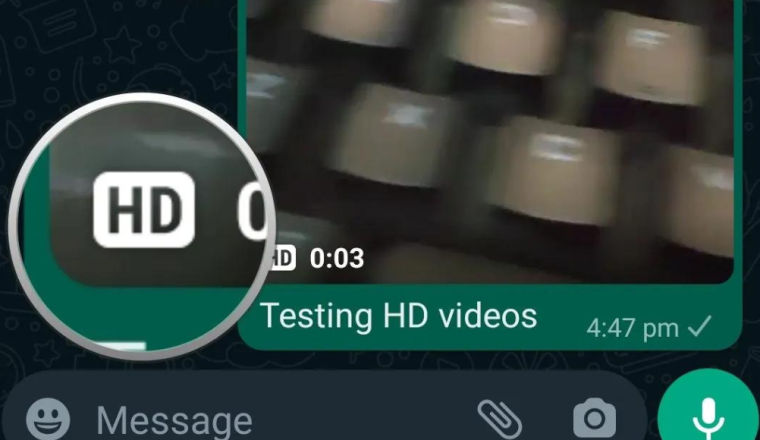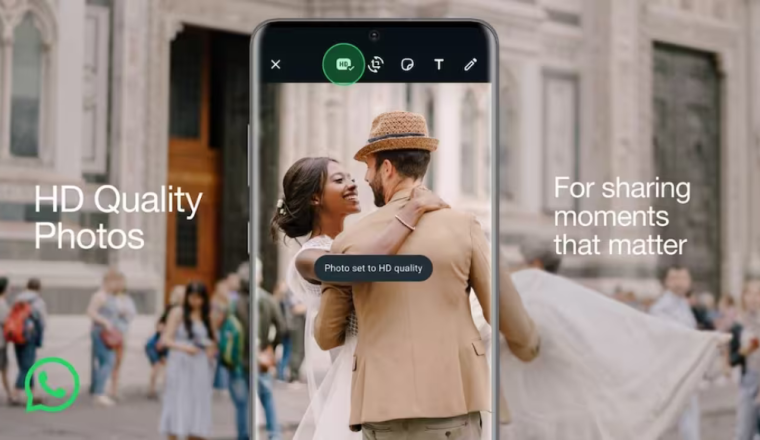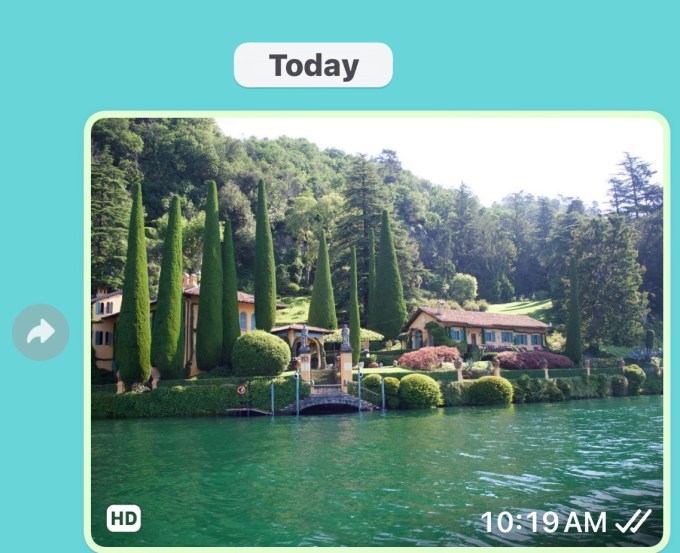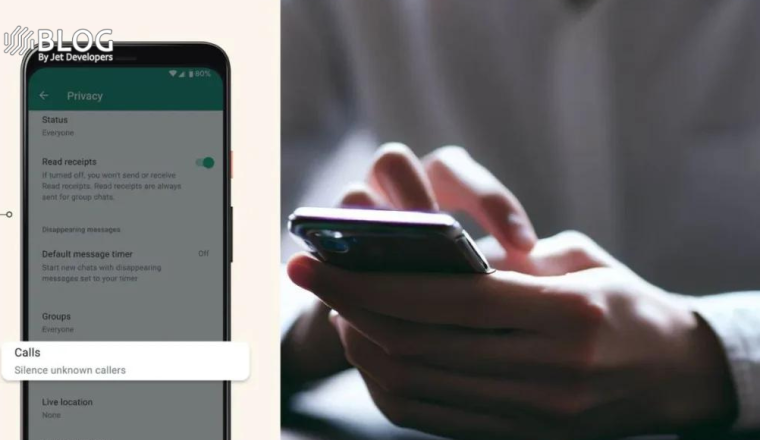WhatsApp Enhances Android User Security with Device-Based Authentication
In its ongoing commitment to bolster user privacy and security, WhatsApp has introduced a new security feature tailored for Android users. This update empowers them to unlock and access their accounts through a variety of device-based authentication methods. The move comes following an extensive testing phase in WhatsApp’s beta channel and is now being made available to a wider Android audience. This innovative feature is designed to offer enhanced flexibility and security, allowing users to opt for their preferred method of account protection.
With this latest update, Android users can now select between two distinct authentication methods: two-factor authentication (2FA) and device-based authentication. The latter option brings a range of convenience and security features, including facial recognition, fingerprint scanning, or a personal PIN. This addition caters to users who value swifter access to their accounts without compromising the robust security of their conversations and data.
It is important to note that, as of the current release, there has been no confirmation regarding the availability of this feature for iOS users. This means that iPhone users may need to wait a bit longer to experience the advantages of this enhanced security feature. Nonetheless, WhatsApp’s commitment to user privacy and security is evident in their efforts to continually refine their platform, aligning with the evolving landscape of digital privacy and data protection.
This latest development underscores WhatsApp’s dedication to meeting the growing concerns surrounding digital privacy and safeguarding against an ever-increasing tide of cyber threats. With the introduction of device-based authentication for Android users, WhatsApp provides a customizable security solution, assuring its users that their conversations and data are in safe hands. Android users now have the flexibility to select the authentication method that best suits their preferences and security needs, making WhatsApp a more secure platform for their communication needs.















